Selecting a color scheme is quite a responsible task. The combination of colors in design has always been one of the main tasks. Be sure to pay attention to color combinations, it's important!
The color scheme should not strain or irritate you in any way, but, on the contrary, restore the harmony lost during the day. Choosing a color scheme begins with deciding what you really want from a color design. This is the only way you can choose the optimal color combination.
The “hottest” color is orange. The coldest is blue, always associated with cool water and ice. Moving from blue through green and yellow tones, the colors warm up, hold a “high temperature” in red, burgundy, brown and some shades of pink and purple, and then “descend” again to the cold through lilac and blue. However, the presented gradation is very arbitrary, since the boundaries between cold and warm are barely perceptible. For example, lime is more likely to be a yellow shade, but is a cool color. Conversely, deep, rich purple can be either warm or cool, depending on whether it is dominated by red or blue.
And yet, it is warm or cold palettes that can transform a room. So, for example, in order to expand the walls of a small room, it is advisable to use not just light, but light, cold tones.
Conversely, warm shades will help make an overly spacious and therefore empty room more comfortable. They will also add a little sunny mood if it is lacking natural light, and fluorescent lamps are used. Whereas a richly lit room with large windows can be “dressed up” in cool colors.
The color schemes of kitchen interiors are particularly wide. If you are decorating a kitchen, you should take into account that rich warm colors - orange, grass green, egg yellow - increase appetite, while blue and white help to keep yourself within limits and eat food in moderation.
The bedroom - be it a corner for relaxation from the harsh everyday life or the very embodiment of romance - also requires a special approach. In the first case, it is better to paint it in cool colors that take you far from the problems that need to be solved. In the second, of course, the first roles belong to red and all its various shades, or any other color that you like and belongs to the warm range. This color will allow you to quickly restore strength, as if transferring its energy and warmth to you. Color combination rules
Of course, there are trendy color combinations for every season. But when you select color combinations, you should still rely on the color combination table and your own feelings.
There is no right color combination, only a good color combination.
In order to select color combinations, there are several approaches. The first type is plain
The color scheme varies within the main color, it only becomes darker or lighter. For example, dark blue, blue, light blue. However, a room decorated in this way can be slightly diluted with “splashes” of a different color that does not attract too much attention. For example, a room in blue and blue tones can be complemented by white and light sand. The second type is harmonious
If you want variety, but not so radical as to talk about contrasts, “paint” the room with a harmonious combination of colors. The most winning examples of color combinations that can be safely combined with each other:
- For red: pink - purple and orange - egg yellow
- For orange: red - pink and egg yellow - yellow
- For yellow: orange - egg yellow and lime - light green
- For green: lime - light green and aqua - blue
- For blue: green - sea green and lilac - purple
- For purple: blue - lilac and pink - red
The third type is a game of contrasts
For lovers of original and bright design - a game of contrasts. Each color on the palette has its own “antipode”:
- Red – green
- Orange - sea green
- Egg yellow – blue
- Yellow – lilac
- Lime – purple
- Light green - pink
Even if it seems to you that you don’t react to color in any way (you don’t care at all what color the objects around you are), your eye catches its slightest shades (up to one and a half million!), and your subconscious and genetic memory record all the color “messages” .
As a result, being in a certain color scheme of rooms invisibly guides your emotions and actions.
“Unfavorable” colors and color combinations
Red – creates nervous tension (can even cause hypertension).
Black (and also purple) “eats up” space.
Brown (including wood-like finishes) - causes melancholy and can lead to depression.
Gray - sadness and despondency.
Blue – a feeling of cold and discomfort. Favorable colors
- Shades from yellow to green are a calm and optimistic range that relieves fatigue.
- Pastel shades from yellow to beige are “reconciling” and comfortable colors.
- Turquoise – gives a feeling of freshness (suitable for the bathroom).
- Light blue - calms, causes drowsiness - ideal for bedrooms and rest rooms, but is contraindicated in offices and work areas.
- Dark blue – “cools” space and ardor (for example, at the negotiating table), is considered a serious and business-like color.
- Yellow and orange – stimulates and tones (not suitable for a bedroom), suitable for a room with windows facing north.
- White can cause a feeling of cold and discomfort, on the other hand, a “clean sheet” is an ideal background for any design solutions. Red or terracotta as accents are invigorating and uplifting.
- Black as accents gives the interior a graphic and special style.
- Light gray in a “mix” with other colors is a business environment.
Combinations of related and contrasting colors represent the most extensive type of color harmonies. In the color wheel system, related and contrasting colors are located in adjacent quarters. These are: warm (yellow-red and yellow-green colors) and cold (blue-green and blue-red colors).
Particularly harmonious are color combinations that are located on the color wheel at opposite ends of each other. This is explained by the fact that there is a double connection between such pairs of related-contrasting colors: they consist of an equal amount of the unifying main color and equal amounts of contrasting colors. In practice, you rarely come across compositions that contain only two colors. The simplest harmonious combination of two related and contrasting colors is significantly enriched by adding a color from the tonal range of the same colors, whitened or darkened.
Also, color harmony can be formed by a combination of colors located at the vertices of an inscribed color wheel equilateral triangle. By rotating such a triangle inside a circle, you can get any combination of colors, and it will definitely be harmonious. A successful combination of colors and paints in the interior is the key to comfort in the home.
Color combinations in clothes are very important point when selecting a wardrobe, designing a new model when knitting. Harmonious means well-matched in combination.
- The harmony of colors in clothing is based on the principle of combining related or contrasting colors. In clothing we can talk about harmonious combinations based on shades of the same color, then this is one-color harmony.
- Harmony can be built on a combination of close colors, i.e. adjacent colors of the color wheel, for example, yellow and yellow-orange, orange and red-orange.
- Harmony can be built on contrasting colors. This means that colors are selected from adjacent sectors of the color wheel. In the best possible way colors located at an angle of 90° in adjacent sectors are combined with each other. Another type of contrasting harmony is combinations of colors that are at an angle of 180° to each other in the color wheel.

The main colors are considered to be 4 pure colors: yellow, red, blue, green. All others are considered intermediate (yellow-red, yellow-green, green-blue, blue-red).
Pairs “yellow-blue” and “red-green” are considered additional, contrasting combinations. Colors can be arranged in the form of a circle with axes: “yellow-blue”, “red-green”.
There are 3 types of color combinations: related, related-contrasting, contrasting.
Contrasting are combinations of opposite quarters of a circle (the angle between them is 180°), 44 combinations in total.
Related-contrasting are combinations of colors from two adjacent quarters of a circle (the angle between them is less than 180°), 36 combinations in total.
- these are the intervals from a given color to the next main one. Related are yellow and any of the intervals - yellow-red (but not pure red).
Color harmony is understood as color balance in harmonizing colors and quantities of the main colors (pure yellow, blue, red and green).
Related colors with equal lightness and saturation will be harmonious if they have the same number of primary colors.
Harmonious in related-contrasting color tones will be all pairs of colors located at the ends of chords parallel to the layers connecting the main colors (since they contain an equal number of main and additional colors).
Based on these harmonious pairs, more complex multi-color harmonies can be constructed. In this case, three rules must be observed:
1. To two harmonizing related-contrasting colors, a third can be added - the main color, related to them, of weakened saturation. For example, yellowish-red, yellowish-green and yellowish-white colors can be balanced by the same yellowishness.
2. To two harmonious related-contrasting colors, you can add a third and fourth, balanced with them. For example, a harmonious combination of orange and yellow-green can be complemented by purple and blue.
3. You can create harmonies of related and complementary colors. For example, the harmony of yellowish white and leafy green can be complemented by purple.
Unfavorable combination of colors in the interior

Black and purple tones make the space compressed and depressing.
Brown color causes a depressive mood and melancholy.
A red background is unnerving and can increase blood pressure.
Gray coloring brings despondency, depression, and sadness to the environment.
Blue color irritates with a feeling of cold.
The colors in the decoration are the main thing if you correctly understand the psychological characteristics of the household: lifestyle, habits and needs. People choose their living environment according to their color tastes, not fashion trends. This speaks of a growing culture modern man. Any combination of colors in the interior it should be beautiful, comfortable and of high quality - and all this in equal measure. And most importantly, it is intended for a specific family.
Suppose a person visited Bali, saw how people live there, gained new color impressions, returned - and wanted to remake everything into a “tacky jungle”. And tomorrow I went to, say, America - and again wants to change everything into a fashionable psychedelic range. This can continue indefinitely. However, a color project is like a painting: sometimes you can’t “improve” it, you can only ruin it.
Magical combination of colors in the interior
In the color palette, each paint has its own pole, thanks to which the interior becomes bright, fantastic or unusually stylish. Helps create contrast combination of colors in the interior table antipodes:
Orange and marengo.
Blue and yellow (yolk).
Violet (indigo) and lime.
Pink (flamingo) and light green.
Gently yellow and lilac.
Green and fiery red.
If you are a fan of futuristic variety, but want to avoid sharp contrasts and imbue the interior with an elegant atmosphere, then choose color harmony from classic combinations.
Gray - with blue, blue, yellow, green, black, red, pink.
Purple - with yellow, light green, golden, orange.
Lilac - with chestnut, gray, light purple.
Pink – with burgundy, brown, gray.
Green - with black, gray, red, orange, burgundy, yellow.
Brown - with pink, yellow, golden, beige, gray.
Blue - with gray, red, gold, burgundy.
Blue - with orange, red, light purple and blue.
Color mimicry
An exquisite color composition is an integral part of our life - its colors, rhythm, dance. Created according to the laws of cosmic beauty combination of colors in the interior transfers its energy to a person. Communication with color calms you down, helps you relax and forget about troubles.
Color is just like people: it can saturate a house with feelings, has a temperament, inspires sympathy and antipathy, and imitates the owner. At the same time, the truth of harmony lies precisely in the concept, the favorable fusion of colors.
White and sand backgrounds, stones and marble create a welcome coolness.
Bamboo-colored furniture will be held in high esteem when using a “patio” design.
Rooms, abodes of red shades and striped blue and white nuances, enclose the world inside the house and catch bright lighting on all the walls.
Terracotta connects the spaces in and out, internal and external. Inside it can be wrapped in the color of ceramics, outside – with oak doors.
To some, monochromatic colors seem boring monotony, while others are attracted to the traditional combination of colors in the interior, thanks to which the home interior retains its unique appearance, sings its song, spins and invites you to a waltz. But all these are nothing more than different ways of self-expression. Therefore, if you want to connect with the interior, make it part of your story, just paint the house in your style.
Variations of color combinations
 |
 |
 |
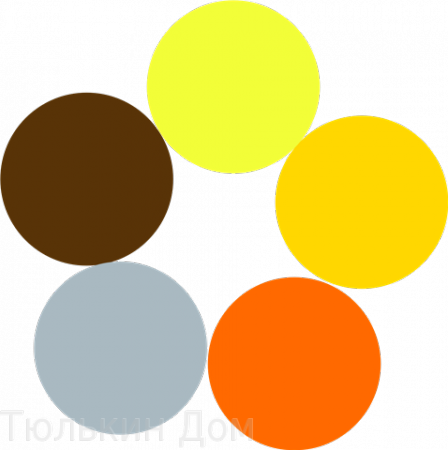 |
 |
 |
 |
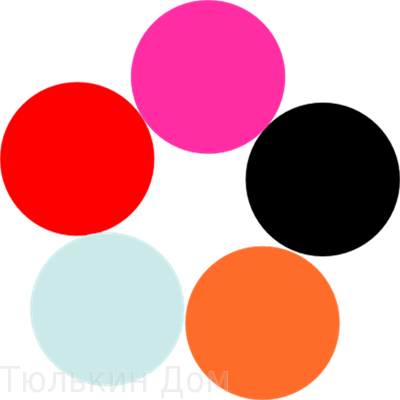 |
 |
 |
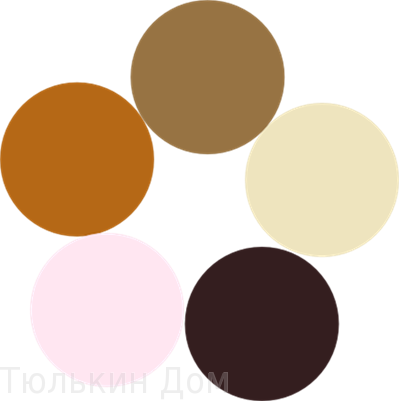 |
 |
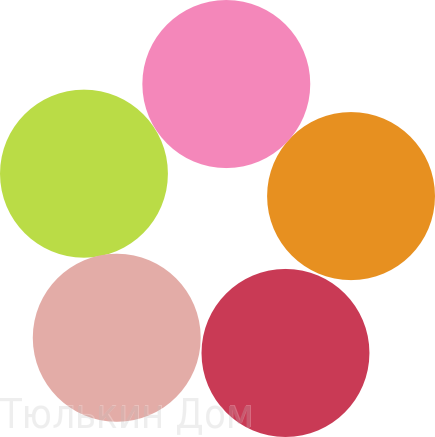 |
 |
 |
 |
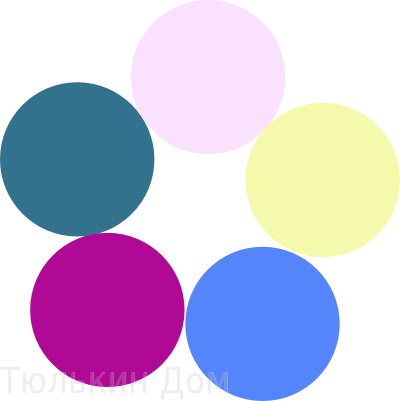 |
 |
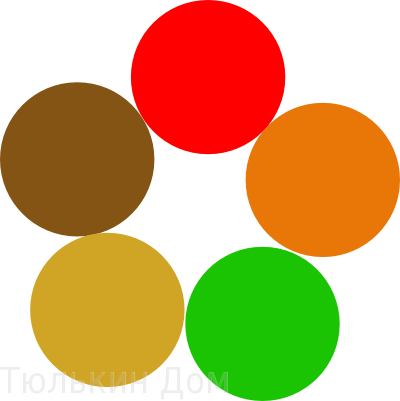 |
 |
 |
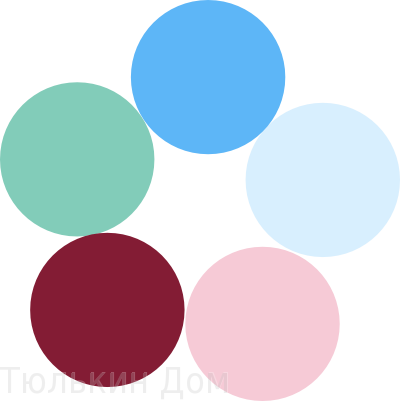 |
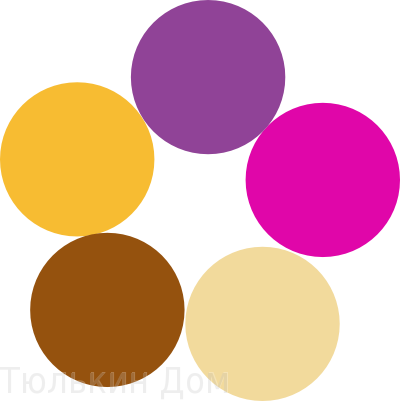 |
 |
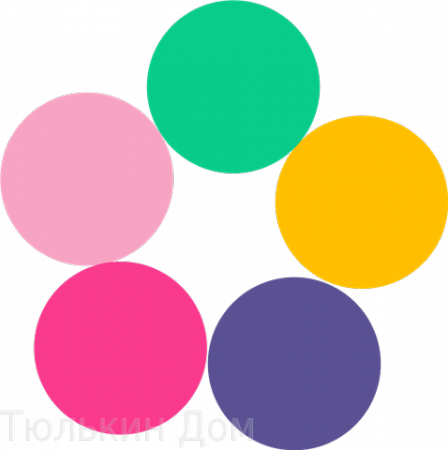 |
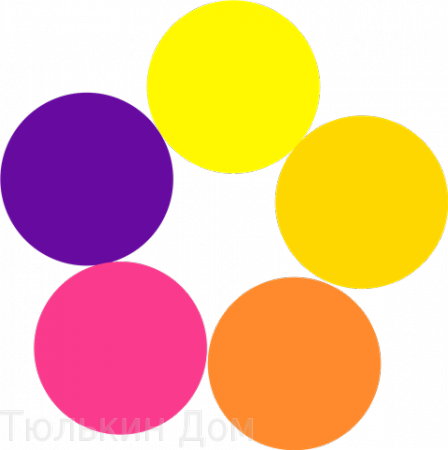 |
 |
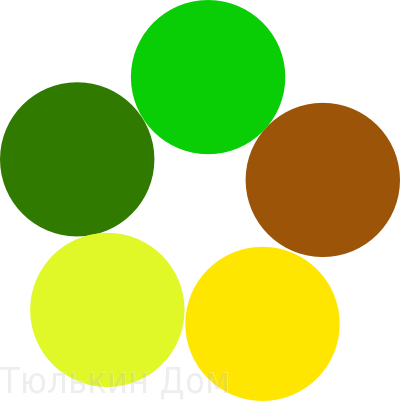 |
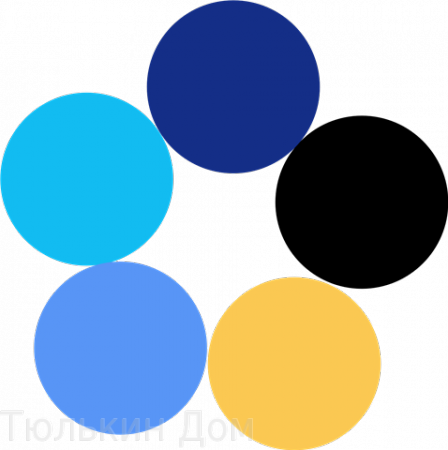 |
 |
October 9, Alexandra Bondareva
Regardless of whether you attach meaning to color or not, color affects each of us. Therefore, when designing, it is important to choose the right combination of colors. With the help of color you can not only create visual effects, but also introduce a certain psychological atmosphere into your home.
Psychology of color
People themselves create a living environment around themselves that can affect our psyche and health. This must be taken into account when choosing primary and additional interior colors. It is necessary that the colors that surround us reflect the characteristics of our character. Only in this case will staying at home become comfortable.
We perceive color not only with our eyes, but also with our whole body. It is color that determines mood, well-being and affects health. IN ancient world It was believed that the right color could cure a person from illness. And countries rising sun skillfully used the healing properties of flowers.
Thus, white color is closely associated with spirituality. It helps us gain confidence. But if you stay in a white room for a long time, your self-esteem may change. A person begins to feel inferior, and sometimes white instills a feeling of superiority over others.
Red color has a beneficial effect on the circulatory system: it improves blood circulation and activates the growth of red blood cells. It excites the nervous system and causes it to produce adrenaline. Increases blood pressure.
Yellow color makes us forget about bad things. It fills us with energy and gives us a feeling of protection and warmth. When predominant in the interior yellow shades the functioning of the digestive system, the flow of bile improves and cognitive processes are activated.
Green unites and calms people. People with claustrophobia feel better in a green room. Green color can treat lung diseases and flu.
The blue color forces the consciousness to go beyond the real: in a blue room we want to dream and think about something distant. We relax and can fall asleep: blue color treats insomnia, stress, childhood illnesses and migraines well.
The color purple is closely associated with creativity. It forces you to develop your imagination. Helps with a pessimistic mood, when we lose faith and despair.
Brown color allows a person who is subject to the opinions of other people to become more decisive and independent. Creates a melancholic mood, balances fun and joy.
Theories of color combinations
Theories of color combinations are methods of combination, specially developed formulas for finding colors that are in harmony with each other. There are several ways to determine the color combination for the interior.
Color wheel
There are three primary colors: blue, red and yellow. When mixing them we get additional:
- Violet(red and blue);
- Orange(red and yellow);
- Green(Yellow and blue).
If you mix the primary and secondary colors, the result is a secondary color. So, we can get light green by mixing green and yellow. Thus, we get a color wheel (see Figure 1), in which we can distinguish colors:
- Related(colors occupying adjacent sectors - green, light green, yellow);
- Complementary(colors located in opposite sectors - green versus red);
- Monochrome(shades of the same color - in the center of the color wheel they are lighter, at the edge they are the darkest).
The combination of colors in the interior is chosen using a color wheel, using one of the formulas:
- Triadic combination. In this case, 3 colors are taken as the main colors for the interior. They are located in a circle at equidistant distances from each other;
- Double split complementary circuit. This color scheme includes 4 colors. First you need to choose 2 colors that you like and combine with each other, and then 2 colors that are complementary to them (opposite);
- Divided complementary circuit. There are only three colors in this scheme. The main one is selected, and then its complementary one. But the complementary color will not be included in the interior; instead, two colors are taken that are at the same distance from it on the right and left sides.
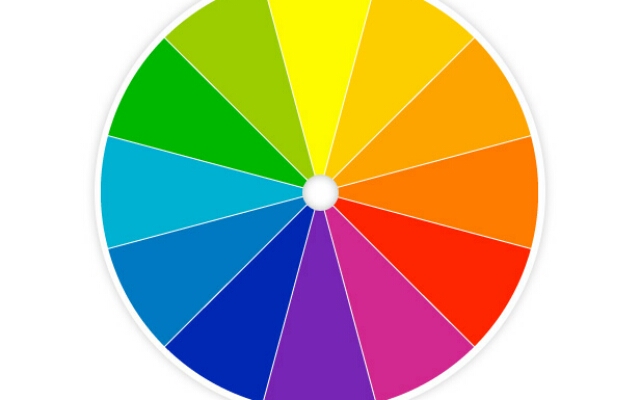
Antipode
If you are a bright and individual person, then choosing two primary colors that contrast with each other is suitable for you. That is, for one primary color you need to choose the “antipode” color. These will be:
- White - black;
- Green - red;
- Yolk color is blue;
- Lilac - yellow;
- Purple is the color of lime;
- Pink - light green.
You can see that these colors are complementary on the color wheel.
When you choose the main colors for the interior (there can be from 2 to 4), select 2-3 more tones. For example, if the primary colors are blue, pink and red, then the additional tones will be monochrome colors - blue and pale pink.
What colors don't go together?
The color combination can be any. But some of them can depress and depress us. Therefore, the color palette for the interior should be selected in such a way that we, while at home, can have a good mood and feel comfortable. To do this:
- Avoid combining warm dark shades and cold light shades in the interior;
- Avoid combining warm light and cold dark shades.

But today fashion is very capricious. It allows for the combination of the incongruous. Therefore, if you feel comfortable, feel free to choose your favorite tones.
| Main color | Combines with flowers | Doesn't match with flowers | Color influence |
| Grey | Blue, pink, brown, yellow, red, black, blue, lilac | Green, orange | Gives the room despondency and sadness |
| Lilac | Grey, chestnut, light purple | Red, orange, yellow, brown, black | Mystical, mysterious and mysterious interior |
| Violet | Light green, golden, orange, yellow | Dark green, brown, gray, red | Allows a person to calm down and find harmony of soul. Purple is the color of wisdom and inspiration |
| Pink | Brown, gray, burgundy | Yellow, orange, black | Romantic interior |
| Brown | Golden, grey, beige, pink, yellow | Chestnut, burgundy, lilac | Causes depression when spending a long time in an interior with a predominance of brown color |
| Blue | Red, grey, burgundy, gold | Green, lilac, brown | Makes the room cool, sometimes uncomfortable |
| Blue | Red, orange, blue, light purple | Golden, yellow, burgundy | Makes the interior cold; if the color blue is too much, scandals occur more often in the room |
| Green | Red, black, burgundy, yellow, orange | Grey, purple, blue | Has a calming and relaxing effect |
| Yellow | Grey, purple, brown, green, black | Lilac, blue, burgundy, pink | The illusion of sunlight yellow gives good mood and vigor |
| Red | Blue, green, grey, gold, yellow, black | Purple, chestnut, brown | Uplifts the mood, keeps you relaxed, suitable for passionate people |
| White | Combines with any colors and their shades, as it contains all color spectrums | There are none | Instills a feeling of superiority, makes the room cold |
| Black | Red, grey, white, yellow, green | Pink, lilac, beige | Narrows the space, instills fear in a person, makes the interior mysterious |
When choosing a color palette for interior design, you choose your mood and state of health for the near future, until the interior is changed again. Therefore, try to choose colors that will help you improve your health and lift your mood.
Bright jewelry is becoming more and more relevant. Rich shades of enamel, unusual mixes of stones, deep rich colors of inserts - all this requires not only an excellent sense of taste, but also a real “user manual”. We present to you several stylish combinations of jewelry with fashionable shades season (and beyond).
Simple rules
In order to determine “what goes with what,” you don’t have to be a colorist. Color science is based on the theory of the so-called color wheel, which represents all shades visible to the human eye.
A color scheme is a useful thing. And in matters of design, it is simply irreplaceable. It gives an idea of the cold and warm palette, helps determine which colors will be contrasting and which will only different shades one tone.
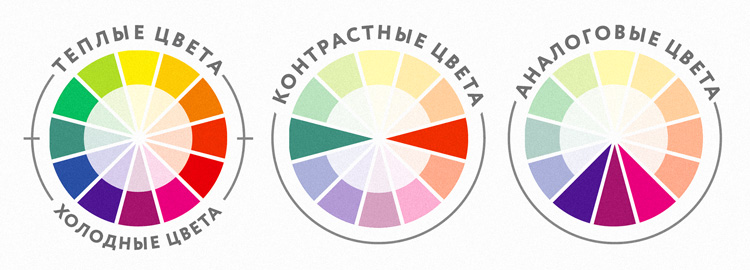
Color scheme, reminder
Both in the feast and in the world
Classic gold or silver items without inserts are a must have in every woman's jewelry box. Laconic decorations will seamlessly combine with almost any look (in terms of color, of course). The same can be said about diamonds, rock crystal or Swarovski crystals and, of course, about modern ceramic rings.
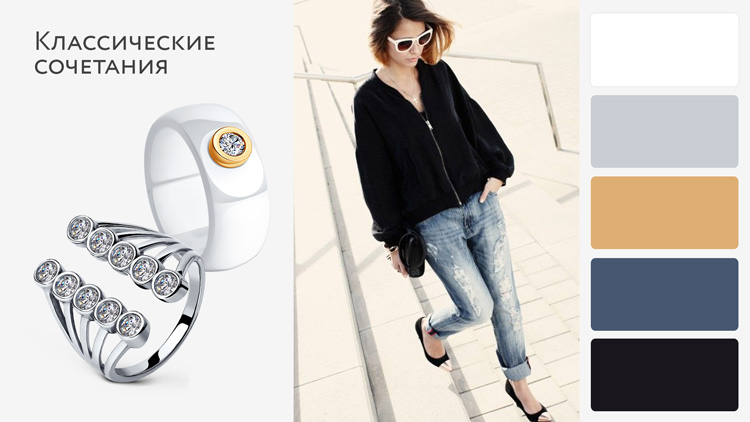
However, the most interesting combinations will turn out if you show a little imagination and create harmonious and vivid images, in which familiar decorations will sparkle with new colors.
Believe me, the result will not take long to arrive.
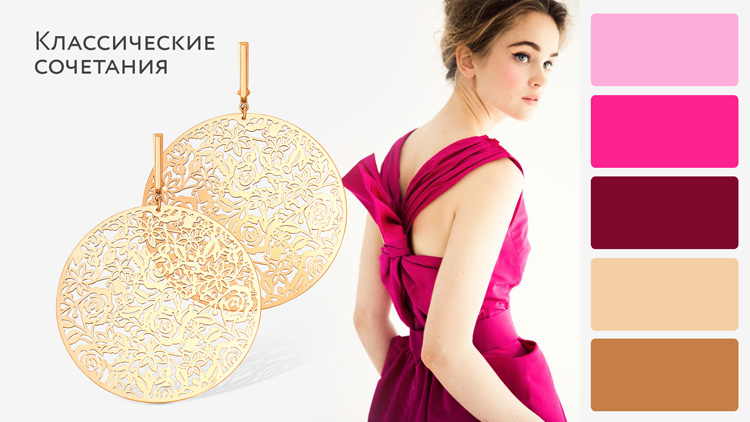
In one range
This option is suitable for those who do not like experiments and prefer calmer images.
The shade of the stone or decorative coating of the decoration should be in the same color scheme as the outfit, but differ from it by several tones. This combination is called the ombre or degrade effect (from the French degrade - softening of tone, shading, halftone).
So, for example, for a dress in Classic Blue (relevant this season, according to Pantone), you should choose turquoise or blue quartz, and Aquamarine colors are ideal for an outfit jewelry with pearls or other “white” stones.

You can go the other way and select accessories in analog colors that form a fairly harmonious combination and at the same time are completely independent. And here you will need it again color scheme. Analogue shades are those shades that are located next to each other on the color wheel, for example, orange, yellow and lemon.
Thus, products with enamel coating in delicate whitened shades can be combined with clothes in pastel colors. Fortunately, Pantone experts identified them among others fashionable colors season: Roasted Almonds, Custard, Strawberry Ice Cream, Lavender and others.
The main thing is not to overdo it with the selection of colors: tone-on-tone clothing and accessories are considered a sign of bad taste.
Despite the apparent ease, not everyone can create an image consistent in one color scheme. Don't be discouraged if something doesn't work out the first time. In the end, no one forces you to select 50 shades of gray - 3-4 tones are quite enough.

In contrast
Those who want to be the center of attention (isn't that what we wear jewelry for?) should try contrasting combinations.
Of course, combining opposite shades is not an easy task, but once you master the basic color pairs, you will quickly get used to it and find your favorite tandem.
The main contrasting combinations are blue–orange, purple–yellow, red–green and all derivatives of these colors.

Thus, jewelry with sapphires and amethysts will look more juicy with onions in sunny orange tones, and jewelry with chrysoprase or emeralds will perfectly convey the complexity and richness of the main color of the season - Marsala.
If you are not ready for bright experiments, choose not primary colors, but their calmer shades. This “color therapy” will benefit not only you, but also your outfits that have been sitting in your closet, which, paired with the “right” jewelry, will gain a second life.

Harmony of the golden ratio
The “formula of perfection”, known since the time of Leonardo da Vinci, is also applicable in color.
According to the golden ratio rule, the ideal ratio is 8/5/3. If we translate into the language of color, 8 shares are given to the main color of the image, 5 to the complementary tone and 3 to the accent color. This color accent (in addition to a scarf or shoes) can be bright jewelry.
This approach provides room for creativity. And if it’s difficult to decide on combinations, turn to what was “invented” long before us - to nature itself. She will tell you a lot interesting ideas, you just have to take a closer look.
This article provides information on how to ensure a harmonious design internal space in residential, public and commercial interiors. The table of color combinations in the interior is supplemented with practical examples and advice from specialized experts. The comprehensive application of this information will help to obtain the desired result with minimal time and financial costs.
Radiation in the visible wavelength range has a strong impact on humans. The features of the psychological impact are discussed in detail below. But it is enough to imagine the color yellow to create a feeling of warmth and improve your mood. There is nothing surprising. This shade is associated with the gentle rays of the sun, which create a joyful and comfortable atmosphere.
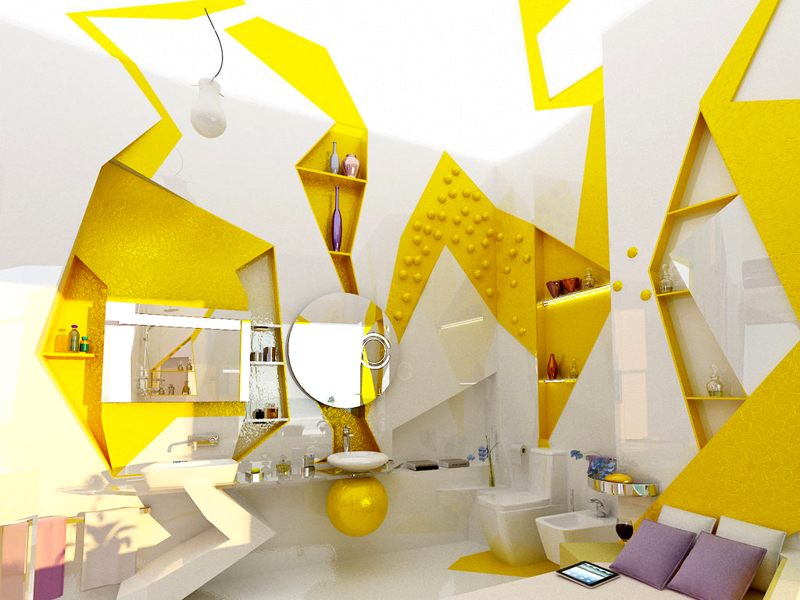
Color can cause positive and negative reactions. Some contrasting combinations look harmonious. Others, of similar shades, clearly do not correspond upon close examination. In order not to get lost in guesswork, you need to turn to the experience of specialists. The use of professional techniques is available to anyone. You just need to familiarize yourself with them in detail and examples of practical application.
Color wheel, table of color combinations in the interior
This picture shows a specialized tool. It is used to check color combinations in the interior.

The vertices of the polyhedron indicate the main combinations: “yellow-red-blue”, “purple-blue-red” and others. But this does not mean that you should use only such options. In reality, you must first determine what result you want to get.
To enhance the contrast, take opposite options (“red-green”, “purple-yellow”). They become more expressive when placed side by side. This must be taken into account to prevent the viewer from being overly affected. In particular, you can make one shade the main one, and the other only accentuate small details. Such combinations must be used carefully.
Fewer errors will be made if adjacent segments are used (“blue-violet - blue”, “Orange - red-orange”). To avoid mistakes, you can use a simple rule. Turn in your mind central figure one segment clockwise. The vertices will point to suitable shades: blue-green, yellow-orange and violet-red.
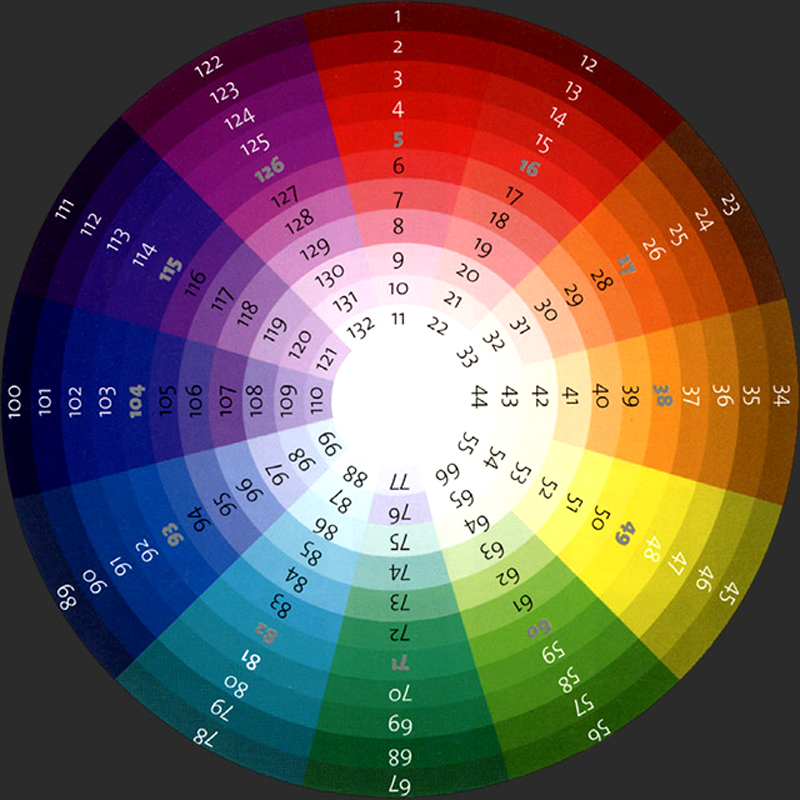
For a more accurate selection, similar tools are used. Here, in each sector, the color intensity is gradually changed. Nearby options will also harmonize (“19-18-17”, “96-95-94”). But even in this case, due care should be taken. Too dark (“100-101-102”) or light (“53-54-55”) combinations merge into a single background. The difference is invisible, so the interior will not be expressive enough.
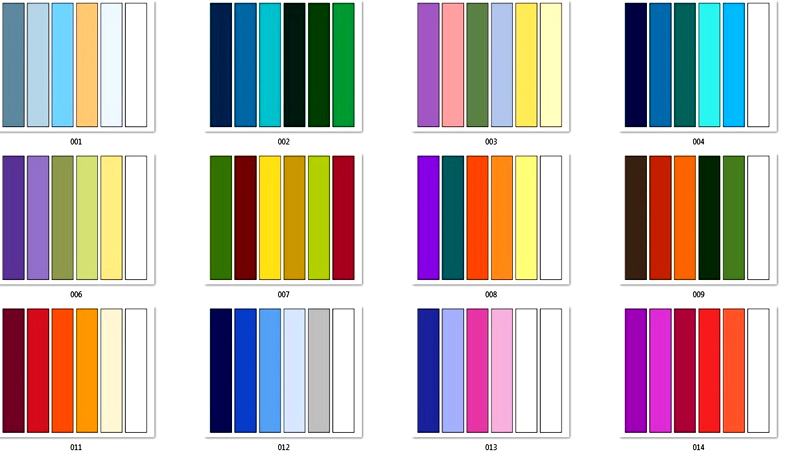
To simplify the solution of practical problems, such “tips” are used. Here the first stripe in each group is the main color. The rest are shades that match it.
Color palette of color combinations taking into account psychology
The above-mentioned impact on a person’s emotional state should be taken into account when decorating interiors.
| Color | Features of impact, associations | Recommendations for use in design |
| Red | Stimulation of activity, physical activity, aggression. | Use carefully. It's possible negative impact on the psyche, blood pressure. Careful use increases the energy of the room. Suitable for decorating a gym, kitchen. |
| Yellow | With sufficient intensity, it improves well-being and vigor. Associated with warmth and positive emotions. | Its use helps to concentrate, so yellow is quite suitable for a business office. But excessive energy saturation is not best characteristic for bedroom interior. |
| Orange | This combination of yellow and red incorporates the characteristics of two colors. Cheerfulness, pleasant sensations, warmth are the main characteristics. | Softer impact compared to the previous two colors. Even with a large percentage orange shades in the interior they do not evoke negative emotions. |
| Blue | Sky, ice, purity, calmness. | Suitable for meditation room, study. In order not to make the interior too cold, it is necessary to add warm shades. |
| Blue | This respectable color is associated with reliability and the absence of anxious thoughts. | Bedrooms are decorated in these colors. The corresponding shades will be useful for creating marine motifs in a children's room or bathroom. |
| Green | The freshness of nature, spring awakening after winter sleep. | Shades of different intensities have different effects. Dark green color is suitable for decorating solid interiors. Light colors create romantic rooms in the Provence style. |
| Violet | Luxury, nobility, wisdom, mysticism. Strong calming effect. | This color is not recommended to be used as the main color. Dark colors can have a depressing effect on the psyche. |
| Pink | Romance, optimism, absence of difficulties and negative emotions, sweet tastes. | Pink color is used in children's and girls' rooms. Experts recommend not consuming too many sweets. |
| White | Wisdom, simplicity, purity. | It goes well with any other colors and enhances them when used as a background. White visually increases volume. Therefore, it is ideal for corridors and small rooms. |
| Black | Nobility, severity. | In large quantities it has a depressing effect on the psyche. Visually “reduces” volume. It is used to create accents on individual interior elements. |
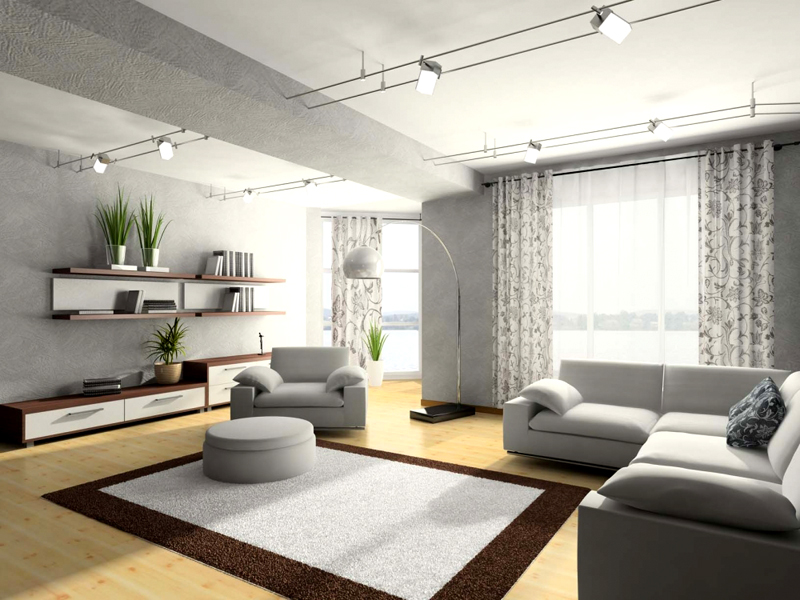

Professional approaches
The simplest option is to use shades of the same spectrum range.

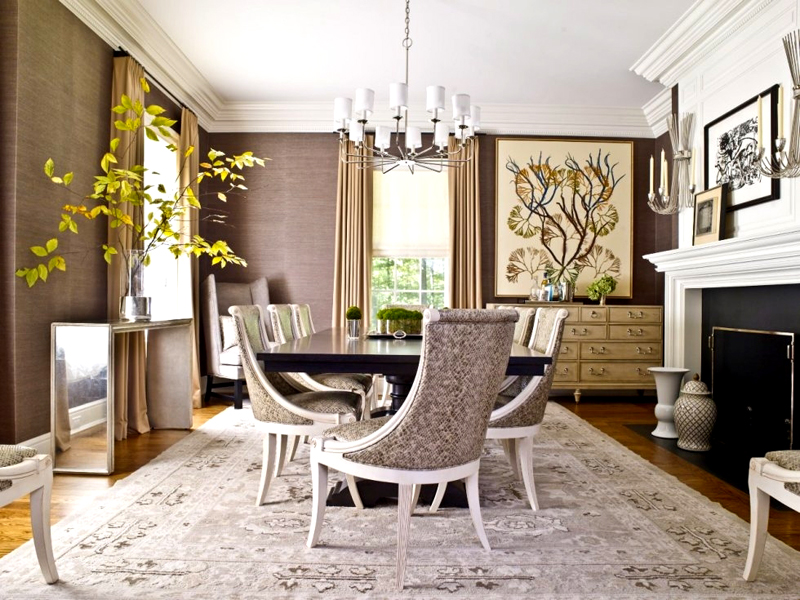
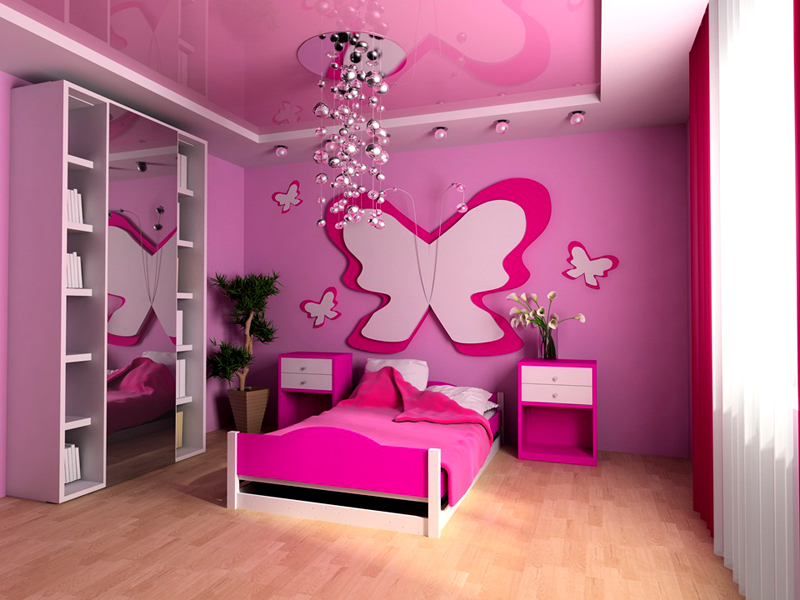
The second approach, “harmonious,” is to use similar colors. To check, use a color wheel.
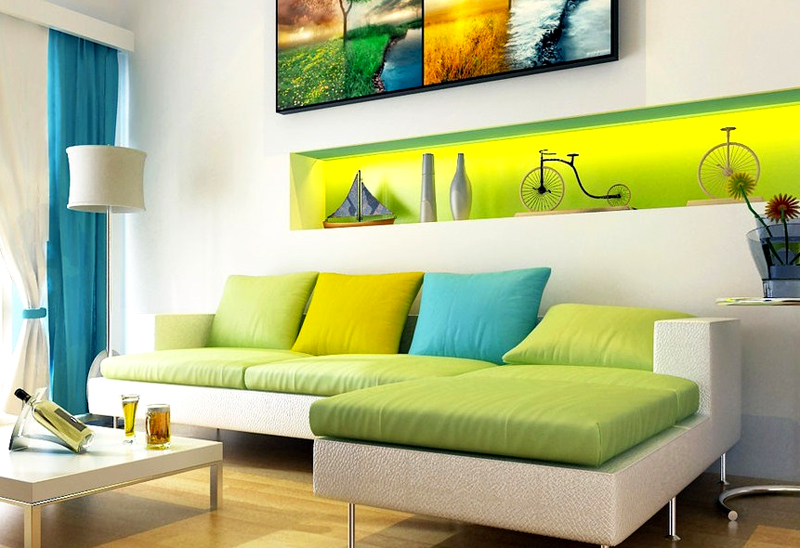

The next traditional approach is contrast.

Softened shades are used here so that the contrast is not excessive


Related article:
Photos of original design solutions will help add zest to the interior of an apartment or country house. What you should pay attention to when decorating residential, public and commercial premises, read on.
Application of professional techniques
In this table, an experienced specialist combined color combinations in the interior with certain psychological parameters. Below are examples of interiors and comments. They highlight features that you should pay attention to. special attention.

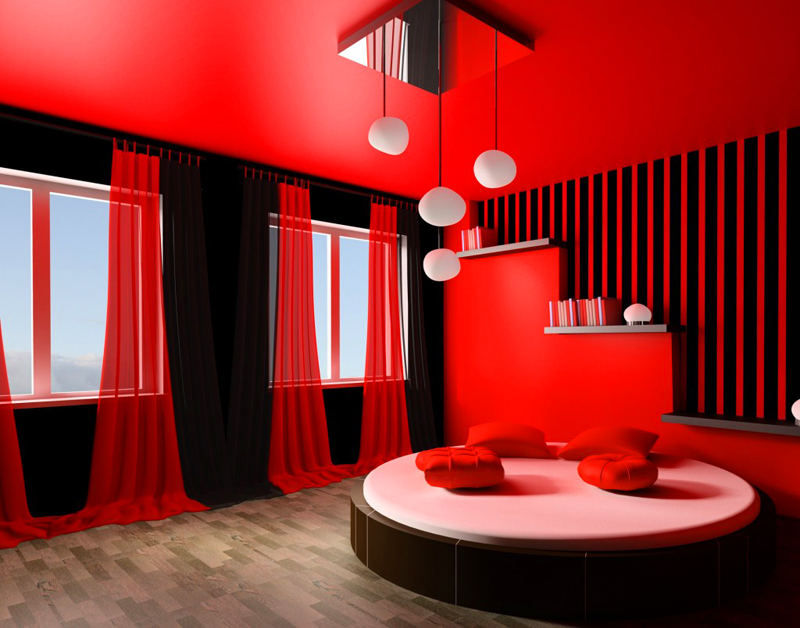
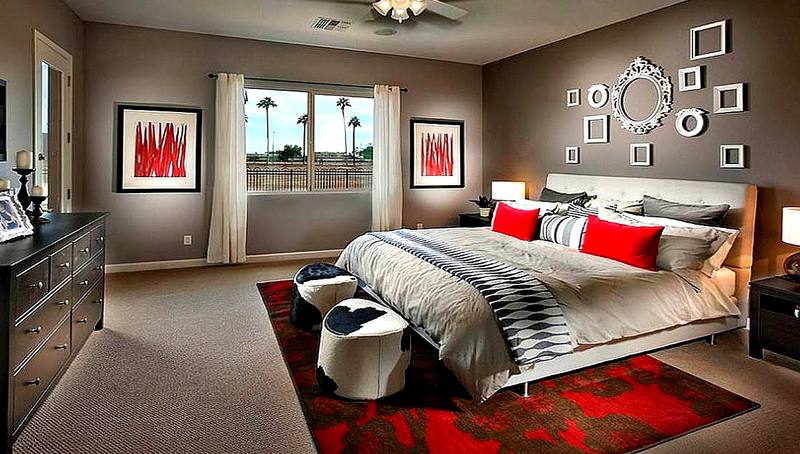
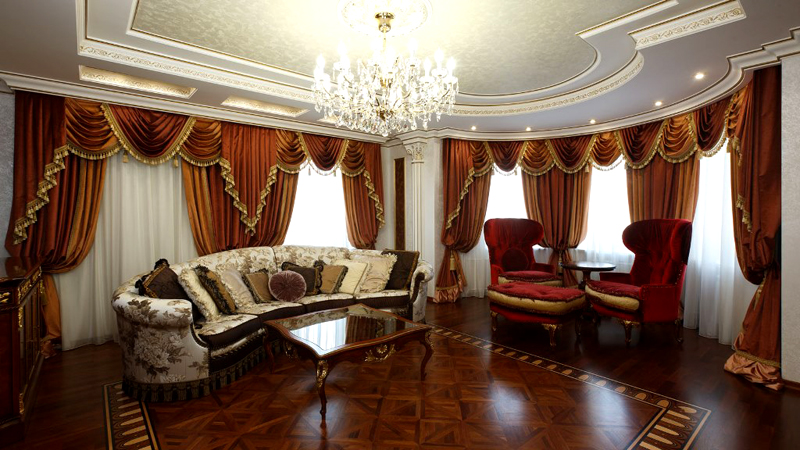


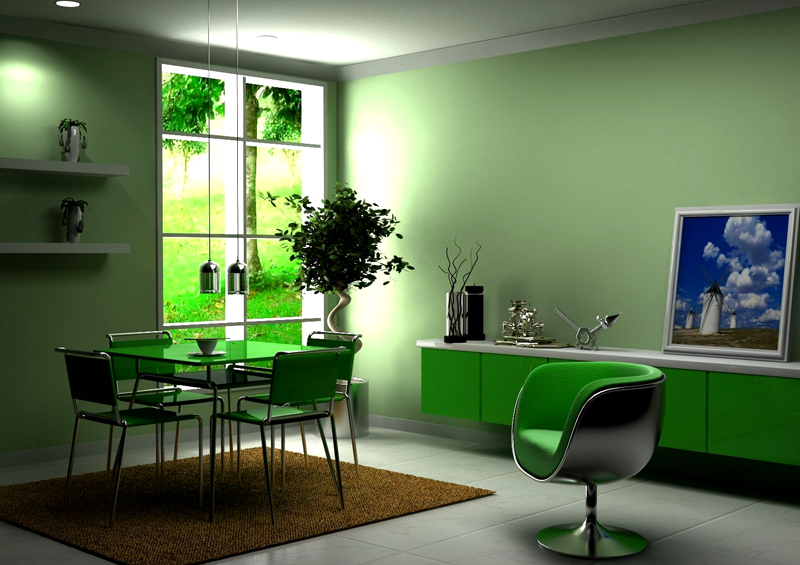
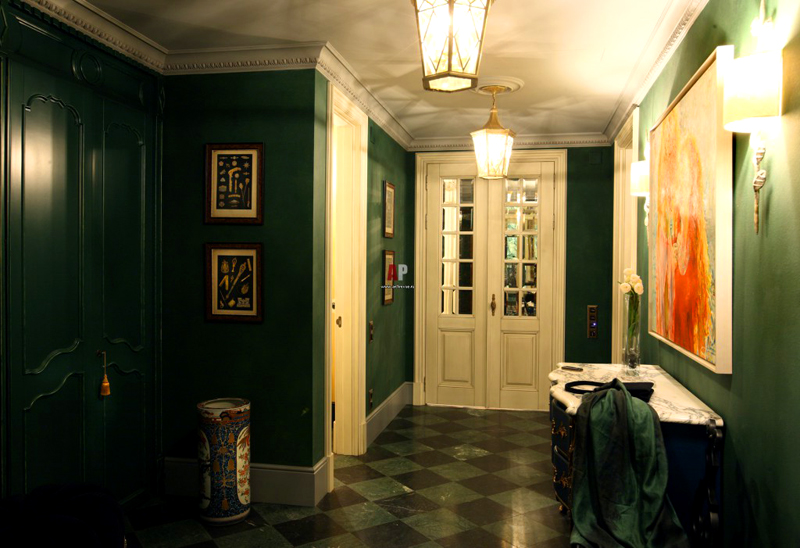

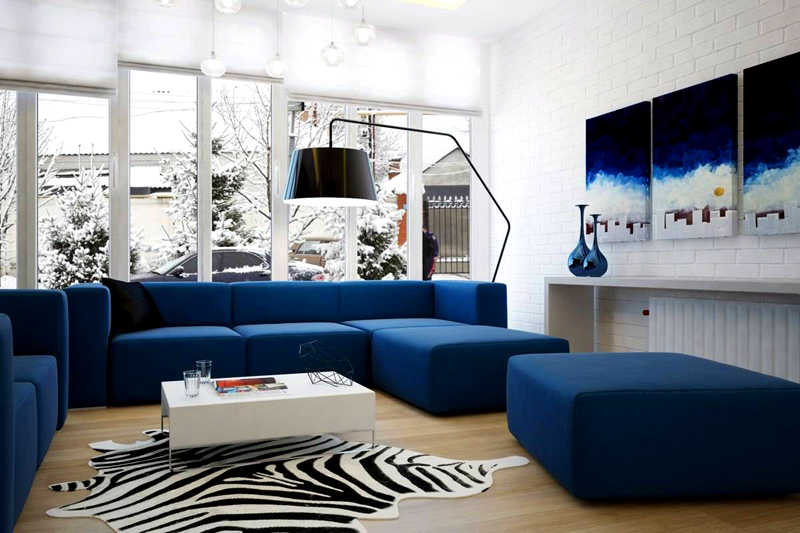
The necessary psychological impact is enhanced by the special design of the furniture. At first glance at these massive simple parts of the sofa, it is clear that they are capable of performing their functions for a long time.
Examples of color combinations in the kitchen interior: photos and projects
Experts give the correct design of this room special meaning. It is used daily. Here it is necessary to create a harmonious atmosphere without flaws.

This combination of colors in the interior of the kitchen combined with the dining room (pictured) was specially selected:
- green – freshness;
- white – purity;
- red – energy, stimulation of digestion;
- orange – beneficial effect on the psyche;
- yellow – warmth.

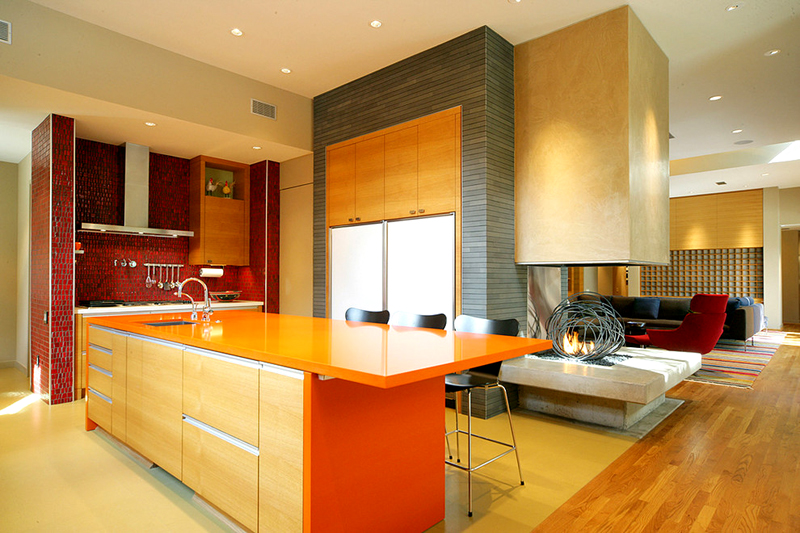
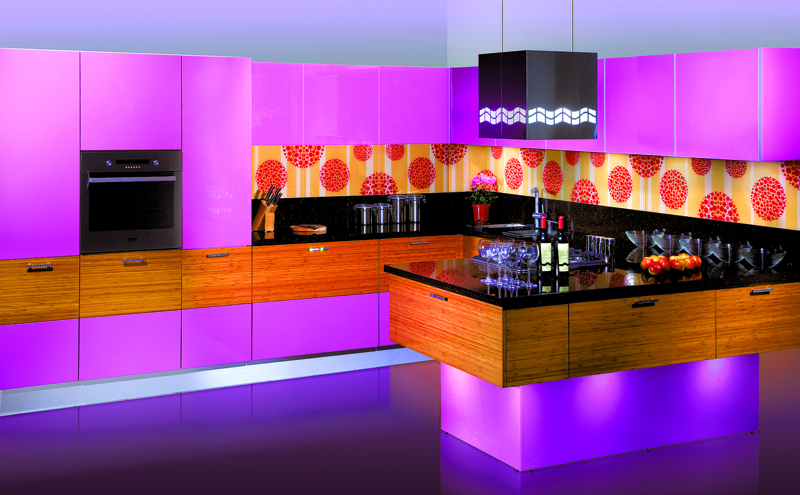
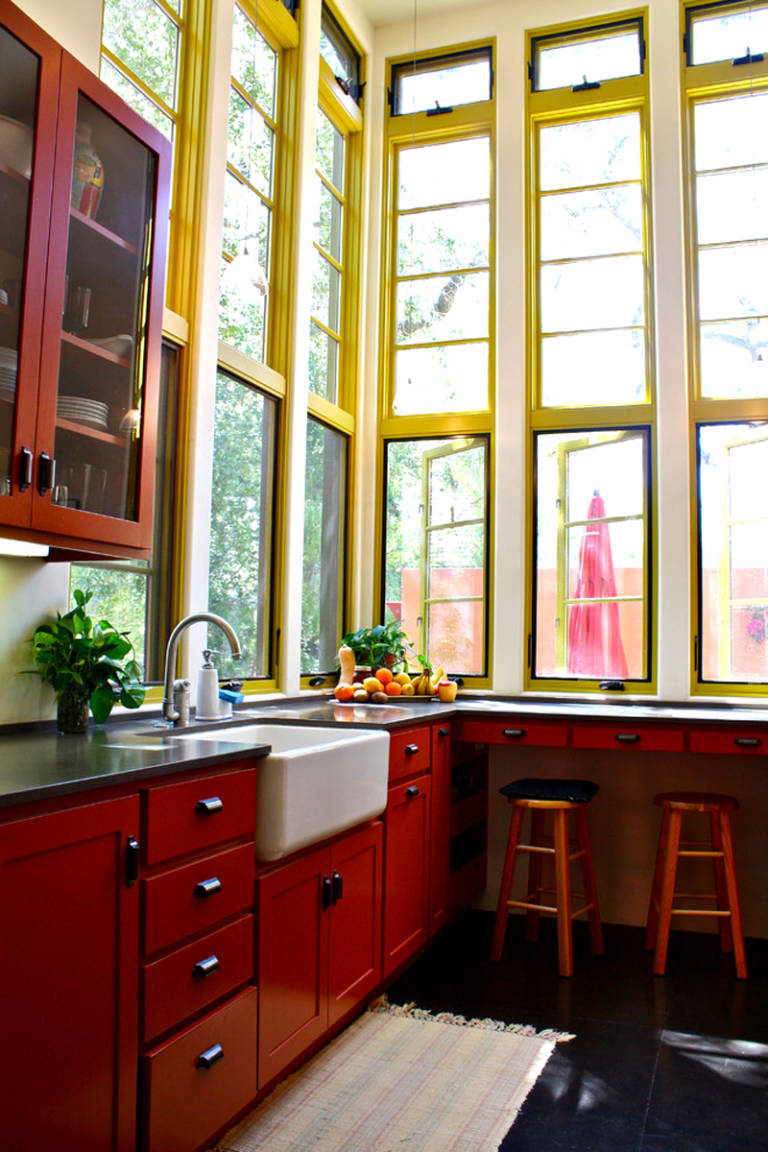
The following list contains topical tips from experienced designers. They will help you avoid making mistakes when forming the aesthetic parameters of the interior:
- It is very difficult to create a harmonious interior using more than 3 colors at the same time. If you have to work with such a wide palette, use halftones, soft shades.
- They start by choosing the main color of the decorative covering of the walls, ceiling, and floor. “Drawings” will be created on these bases. The main background should be between 705 and 80%.
- If you apply neutral color for the base, it will be easier to select shades. It is much more difficult to find a harmonious combination for bright red than for pure white.
- To prevent gray and other achromatic shades from making the interior boring, fresh colors are added to it.
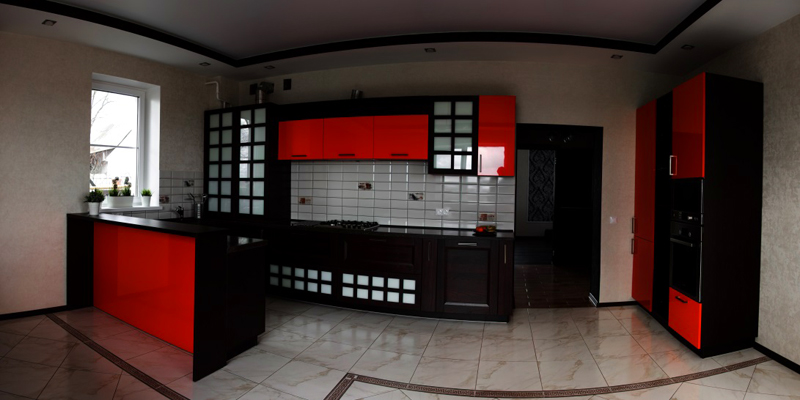
- Neutral shades look harmonious in a variety of combinations. But black color must be added to them carefully, in small proportions. Its excess violates the harmony of the delicate interior theme.
The standard technique, increasing volume with light shades, can be supplemented with modern technological solutions.
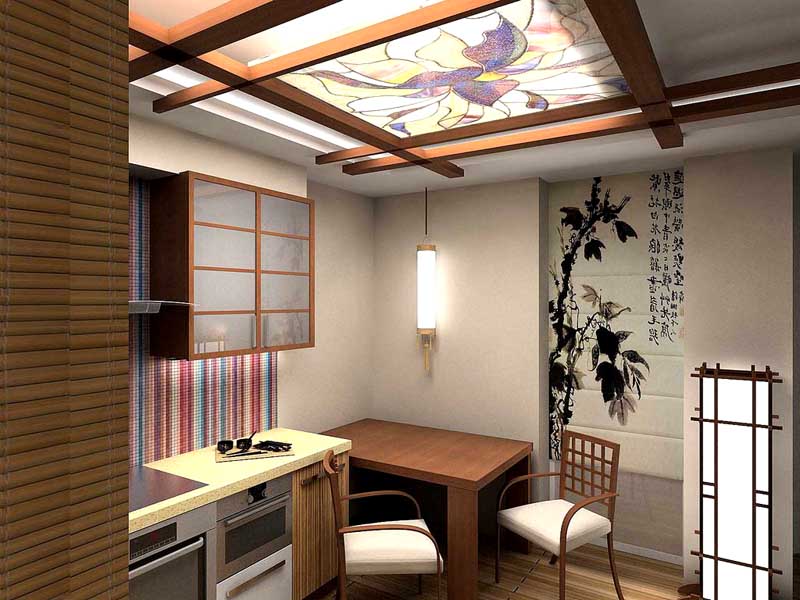
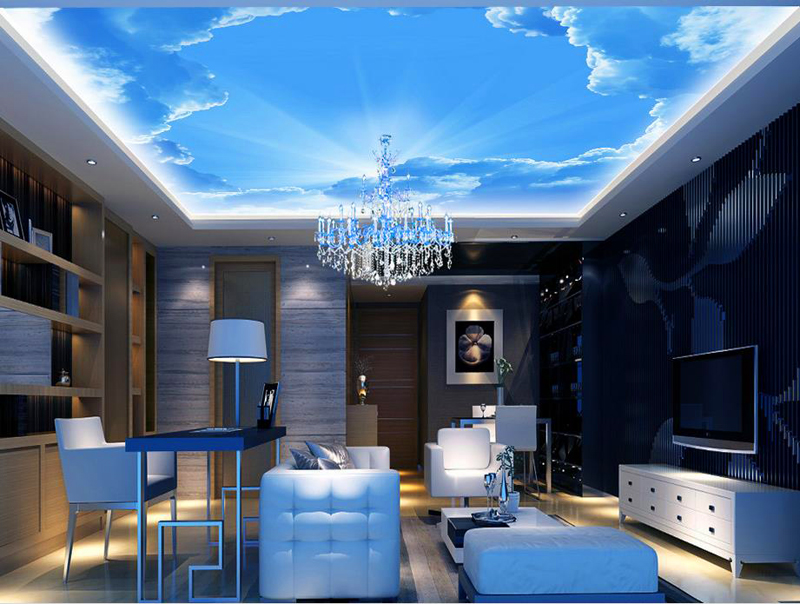
If the height of the walls is too high, there is a desire to make the room more comfortable. Large lamps that are mounted on longer pendants than in a standard situation “reduce” the height of the ceilings. In overly large rooms, orange and other warm colors are used.
They “expand” narrow corridors with small patterns and designs, light colors cold shades.
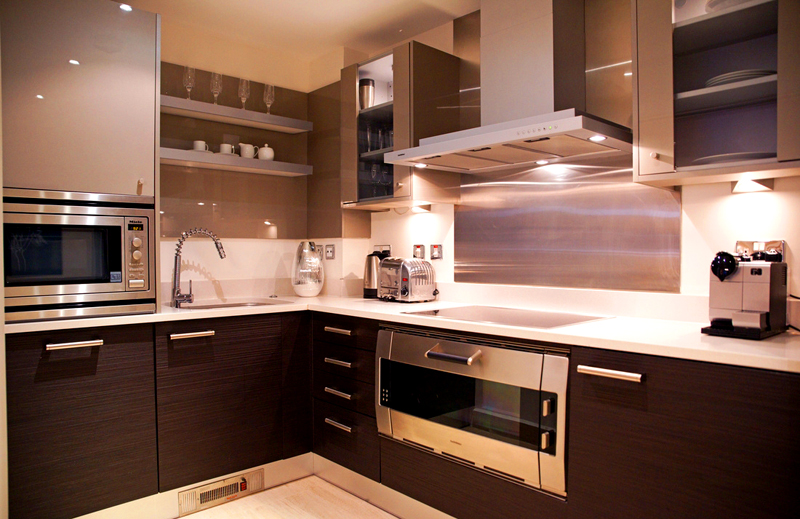
Conclusions
There is no single solution for all projects. So, if the entire apartment is created in a single color scheme, the interior will turn out to be too boring. On the other hand, by decorating all the rooms differently, you can disrupt the overall style.
To eliminate these and other errors, you should learn to use computer modeling. With the help of universal graphic editors and specialized programs, it is not difficult to create a realistic project of the entire property on a certain scale. It can be viewed from different angles, enlarged, reduced. The most complex experiments will be performed quickly and accurately. Be sure to take into account the recommendations of professionals to eliminate mistakes in the process of creating harmonious interiors.
Before you start arranging your home, it is important to think through the future interior to the smallest detail. A special role in the process of creating a cozy and harmonious atmosphere is given to the combination of colors in the interior. If the choice of colors and shades is made correctly, and the compositions are drawn up successfully, even the most modest furnishings will look attractive, fresh and cozy. Designers name the most successful color combinations in the interior of modern housing.
Rules for selecting color combinations in the interior
Color combinations in a modern interior can be quite original and even unpredictable. You should know that each style and room has its own color palette.
It is known that all colors are divided into three main groups - warm, cold and neutral. However, according to the designers, the same tones, when presented differently, can give the interior both warm and cold notes. True, out of all the variety of colors, there are two colors that always remain unchanged - these are always warm orange and always cold blue. Regardless of their presentation and the shades that are surrounded by orange and blue, they remain unchanged.
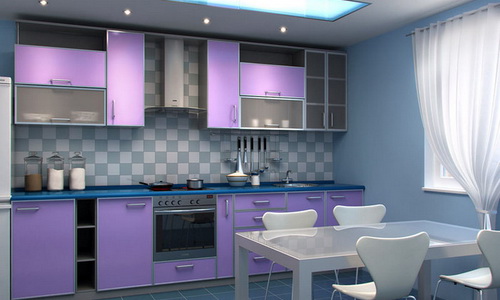
The color scheme and combination of colors in the interior are selected depending on the purpose of the room. Psychologists say that calm and soft colors are considered the most acceptable for children's rooms and bedrooms. They contribute to the relaxation of the psyche and nervous system at the end of the day, in addition, the restrained range ensures the healthy mental development of children.
The selection of color combinations in the interior must be carried out taking into account the following rules:
- When decorating large rooms that may cause some discomfort, you should use warm colors. They will help give the room a cozy atmosphere, make it brighter and contribute to good mood.
- If the homeowner’s goal is to visually expand the space of the room, it is worth giving preference to cool, light colors.
- Before you start decorating the interior, you should decide on the main color, and then select additional ones to match it. This approach will allow you to avoid the mistake when, individually, all the elements look beautiful and harmonious, but at the same time do not combine in one room.
- For many people, the choice of color palette and color combinations in the interior is strongly influenced by fashion trends, which change every year.
Color wheel of harmonious color combinations in the interior
To facilitate the process of choosing shades and their combinations when decorating rooms, the designers specially created a color wheel for color combinations in the interior, which shows the most successful and harmonious combinations. It should be used when choosing color combinations. If you want to make your home cozy and attractive, it is important to take into account the rules and recommendations of experts, but you should not forget about your own preferences.
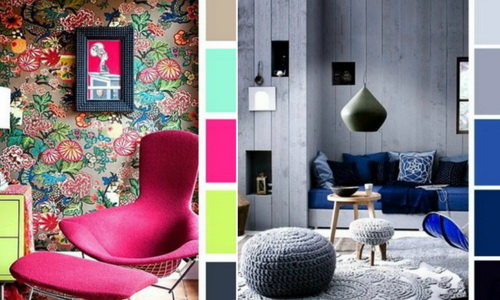
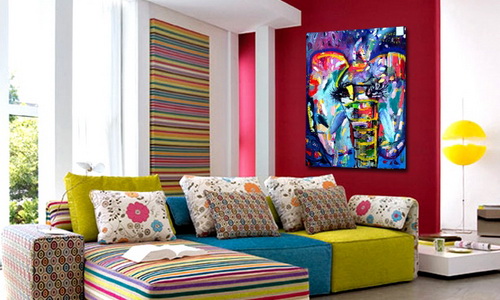
Harmonious color combinations in the interior can be built on the following principles:
- Analog. If we talk about this type of combination as an analogue, then we're talking about about colors close to each other in the spectrum. Always when decorating a room, one color should dominate, the second should be used to place accents on important elements of the room.
- Contrast. When choosing contrast in the room design process, two or more completely opposite colors are used. There must be one primary color, which is balanced and complemented by several contrasting ones. IN in this case A room in which blue walls are balanced with orange curtains will look harmonious. When choosing furniture, you should know that it should be slightly lighter in tone than the floor, but darker than the walls. According to the designers, the contrasting combination quickly becomes boring, and sometimes even begins to irritate. That is why this solution is not suitable for decorating residential premises - a bedroom, a nursery, an office, a living room, but it would be appropriate in a bathroom or kitchen.
- Monochrome. This is a combination of different shades of the same color. Such combinations allow you to create the most calm and harmonious interior. There is one drawback to this principle of combining shades - it makes the room monotonous and boring. To avoid this, it is important to use bright accents, these could be paintings on the walls, decorative vases, beautiful tablecloths. When choosing this combination, do not forget that the floor should be several tones darker than the ceiling and walls.
Choosing color combinations in the bedroom interior
The choice of colors for the bedroom should be approached especially responsibly, because this is one of the most important rooms in every home. The most suitable option for a room intended for sleeping and relaxation is beige color and all its shades.
The following color combinations in a bedroom interior will be successful when the main color is beige:
- beige and white;
- beige and black;
- beige and brown;
- beige and green.

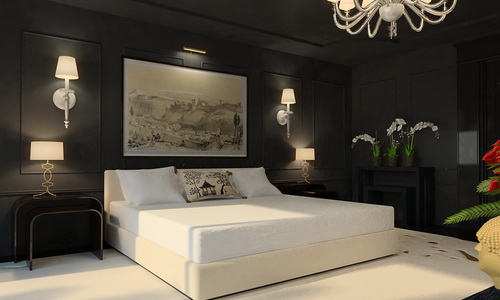

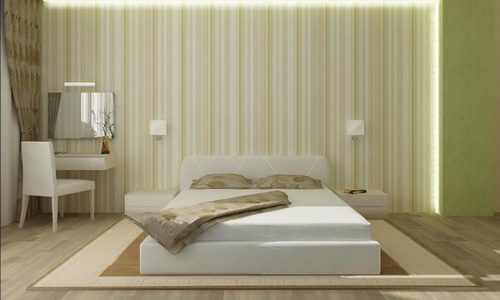
Sometimes when decorating this room it is used purple– quite independent and bold for the bedroom, it is mainly chosen by women.
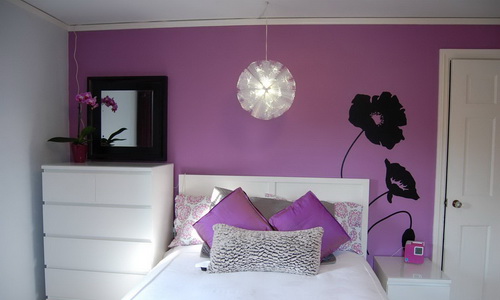
By using purple to decorate this room, there is a risk that it will seem dull and dark. To avoid this impression, it is best to dilute purple with white and light brown.

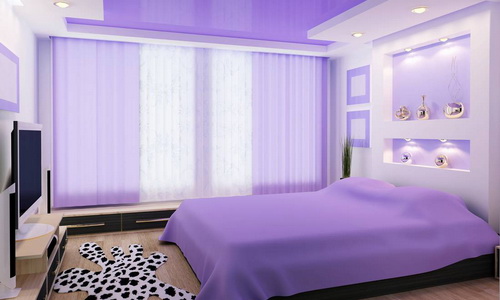
Lilac– very close to purple, but softer and more delicate. In addition, designers say that it is much easier to choose partner colors for lilac. Lilac looks best in the bedroom with white and beige.

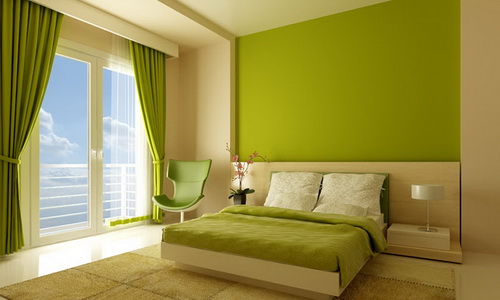
Green color for the bedroom– the choice of active and cheerful people. According to psychologists, it is ideal for people who are used to getting up early, as it charges them with positive vital energy from the very morning. There are many color combinations in a bedroom interior with green, however, the choice of palette depends primarily on the shade of this color. If it is a bright fresh green, it can be safely combined with white, yellow, light brown and beige. Deep green will look better with dark brown, blue and rich beige.
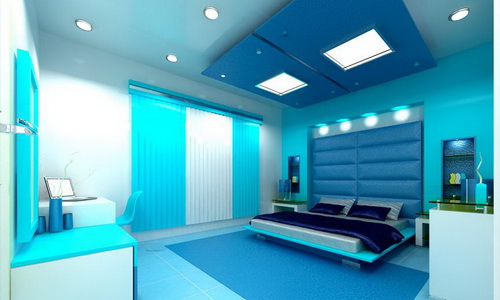

Romantic individuals and those who like to dream often decorate their bedroom in blue color. Typically associated with the sea or sky, it is great as a main color for this room. It looks great with white, light green, red, light brown.


Admirers of the classics prefer brown bedrooms. Additional shades you can choose from are red, white, beige, black, green and orange.
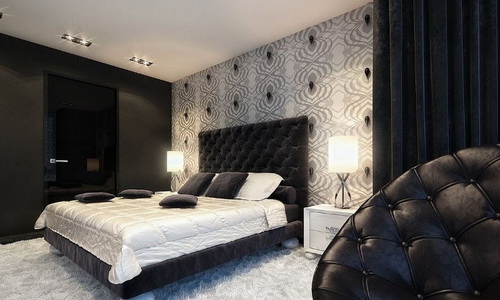
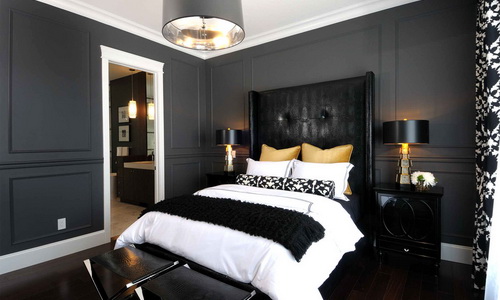
Black is also a representative of the classics, but not everyone decides to decorate their bedroom in such dark color. If you are not afraid that such an interior will put pressure on the psyche and depress, feel free to choose it for a relaxation room.
White, brown, beige are the best options for creating original compositions with black. Lovers of non-standard solutions will not be able to resist the combination of black with pink, bright lilac or purple.
These and some other color combinations in the interior are in the photo below, where the bedrooms are presented in various options:




Color combinations in the interior of a modern kitchen
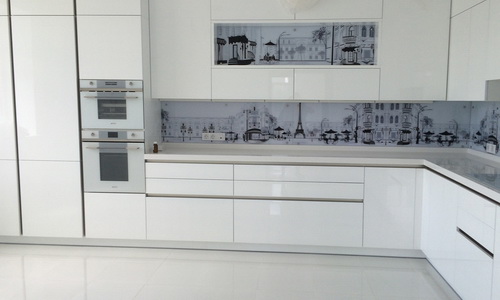
White kitchen is the most ideal option for modern interiors, regardless of their style. Color combinations in the interior of a kitchen with white can be varied. The ideal solution would be to use bright elements that will make the white kitchen festive and elegant.
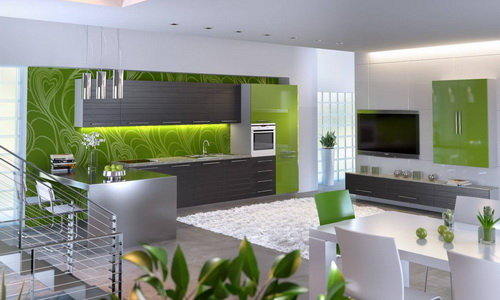


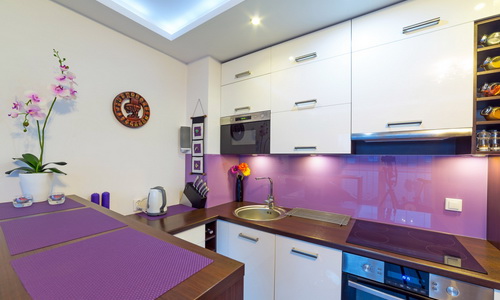
The following color combinations in the kitchen interior with the main white color are considered the most attractive and successful:
- white and green;
- white and red;
- white and black;
- white and brown;
- white and purple.
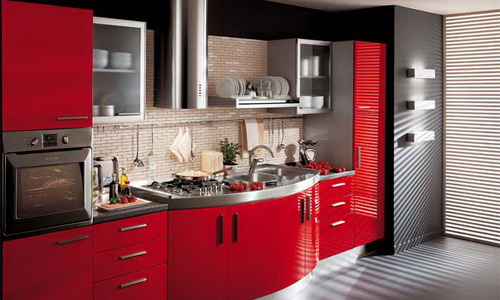

Red well suited for a spacious kitchen; for small rooms it is unacceptable. Main feature it is that it helps increase appetite. Designers emphasize that a bright red kitchen can quickly bore its owner; in addition, its irritating properties are known. To avoid this effect, experts recommend choosing deep, dark shades red, it is better to avoid bright colors. Elements of red in the kitchen look great with metal and glass. The most advantageous colors with which you can combine red in the kitchen are metallic, black and white.

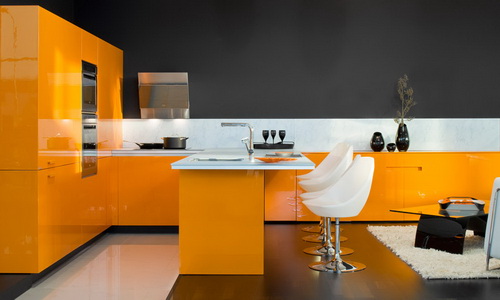
Orange kitchen– another good option that will promote a good mood and increase appetite. An orange kitchen looks cozy and warm. Green, brown and white interior elements are suitable for creating harmonious compositions.
If the kitchen is located on the sunny side, the right solution would be to decorate it in a blue palette. The room will become cooler and fresher. To create harmony in this area of the house, as a complement to blue color You should choose coral, yellow, orange and white elements.
Ideal color combinations in the living room interior
Color combinations in the living room interior should create an atmosphere of coziness, comfort and harmony throughout the entire house. It is common to consider the living room business card home, so special attention should be paid to its arrangement.
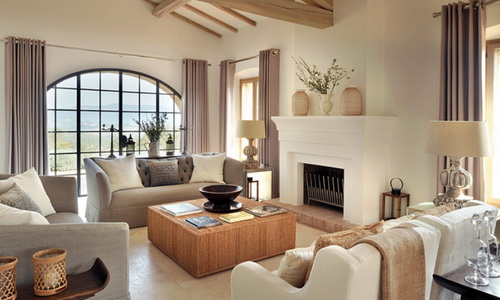
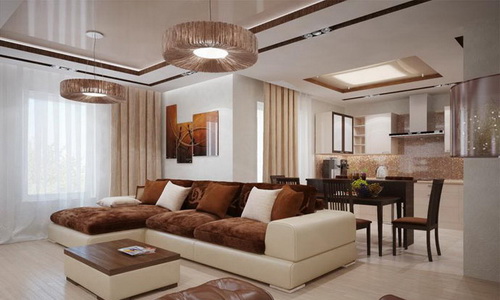
Beige living room- one of the win-win options used for this room. As additional shades, it is better to choose those close in color palette - coffee, brown, golden. Gray can be used as the main color in the living room interior. light shades. Create harmonious compositions With gray tint Black, pink and some shades of green will help.

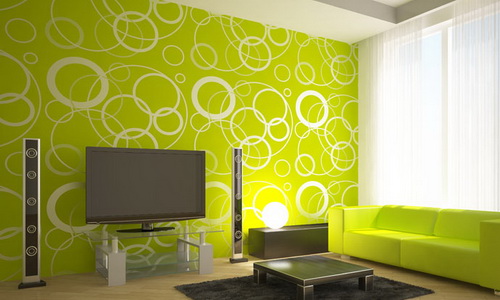
Green living room looks good if it is complemented with brown, white and yellow interior elements. If you want to see your living room always elegant and fresh, you can decorate it in lilac color, combining it with pearl, beige, brown or sand shade.
These are perhaps the most ideal color combinations in the interior of a living room.
Recognizable color combinations in the bathroom interior
A modern bathroom looks good in green, because it is associated with nature, greenery and freshness; it is always pleasant to be in such a room. To maintain an eco-style, white will be a good color partner for green.
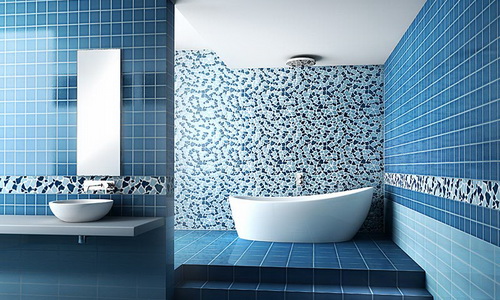

Blue colors and their shades will help create a marine atmosphere in the bathroom. A beneficial addition to cold blue or light blue will be warm tones - orange, beige, gold. Such color combinations in the bathroom interior, where the main load is on blue or light blue, contribute to the visual expansion of the room.


To increase vitality and vigor, designers recommend choosing red for the bathroom. It will look best with white, gray or silver.
Recognizable color combinations in the interior, which evoke certain associations in each person, are considered best choice to decorate the rooms of your home. Here it is important to choose the right compositions so that they evoke the right associations in certain rooms.









